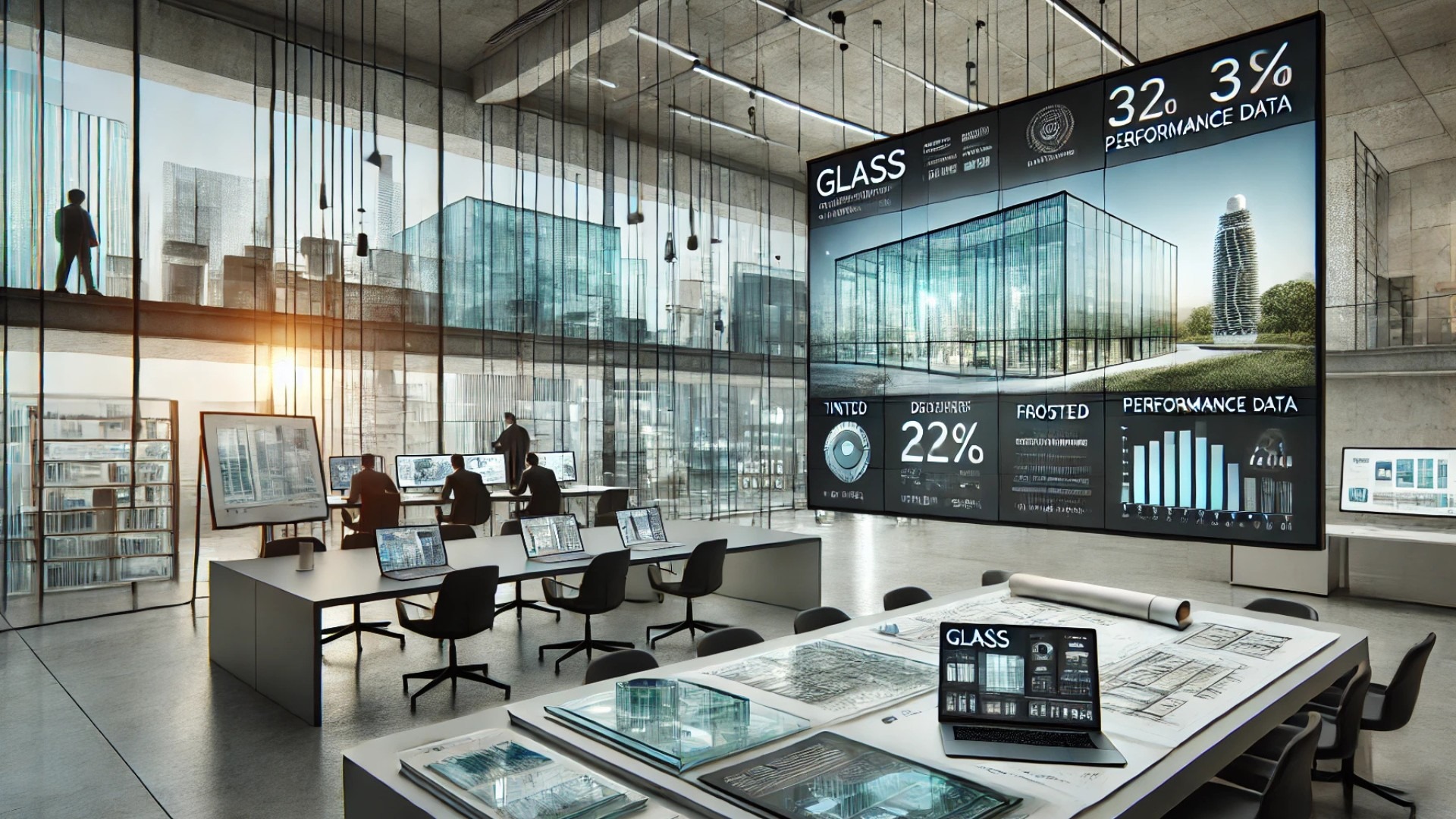
Understanding the Importance of Safety in Building Codes
In the realm of construction and architecture, building codes play a pivotal role in ensuring safety, security, and integrity of structures. These codes, which dictate standards for design, construction, and occupancy, are essential in preventing disasters like structural failures and fires. Advocating for stringent building codes is not just a matter of compliance; it is a matter of safeguarding lives and preserving community resources.
The Financial Implications of Inadequate Compliance
One of the primary motivations to champion for robust building codes is the significant return on investment (ROI) associated with proper safety protocols. Properties that adhere to high safety standards tend to have decreased insurance premiums and lower expenditure on repairs and litigation costs. According to industry research, over time, buildings that don't meet safety codes can incur costs that eclipse the initial savings from budget cuts on compliance. Thus, investing in safety is investing in the long-term value of a property.
Real-World Impacts: Case Studies and Events
Recent events have underscored the catastrophic consequences of neglecting safety codes. The Grenfell Tower fire in London remains a stark reminder of the implications of non-compliance; inadequate fire safety measures led to the loss of lives and significant community devastation. Such events demonstrate that robust safety regulations are not mere bureaucratic red tape but are essential to public welfare.
Advocacy and Community Engagement
Additionally, advocating for better building codes fosters community trust and engagement. When communities actively participate in discussions about safety regulations, they empower themselves and ensure that local needs are met. This localized approach to advocacy encourages transparency and enables residents to see the direct link between regulations and their living conditions.
The Future of Building Codes: Evolving Standards for Emerging Challenges
As technologies evolve, so too must building codes. Climate change, for instance, poses new challenges requiring innovative solutions in construction practices. Future building codes should incorporate strategies for increased resilience against severe weather events, focusing not just on safety but on sustainability. As industry experts predict, buildings of the future will need to be designed with adaptability in mind, not just to meet current standards but to anticipate future challenges.
Conclusion: Take Action for a Safer Future
In conclusion, advocating for building codes is essential for safety, economic viability, and community integrity. By supporting strong regulations, we can prevent disasters, encourage responsible construction practices, and build a future that prioritizes safety and sustainability. Stay informed and be a voice in your community for improved safety standards.
 Add Row
Add Row  Add
Add 






Write A Comment